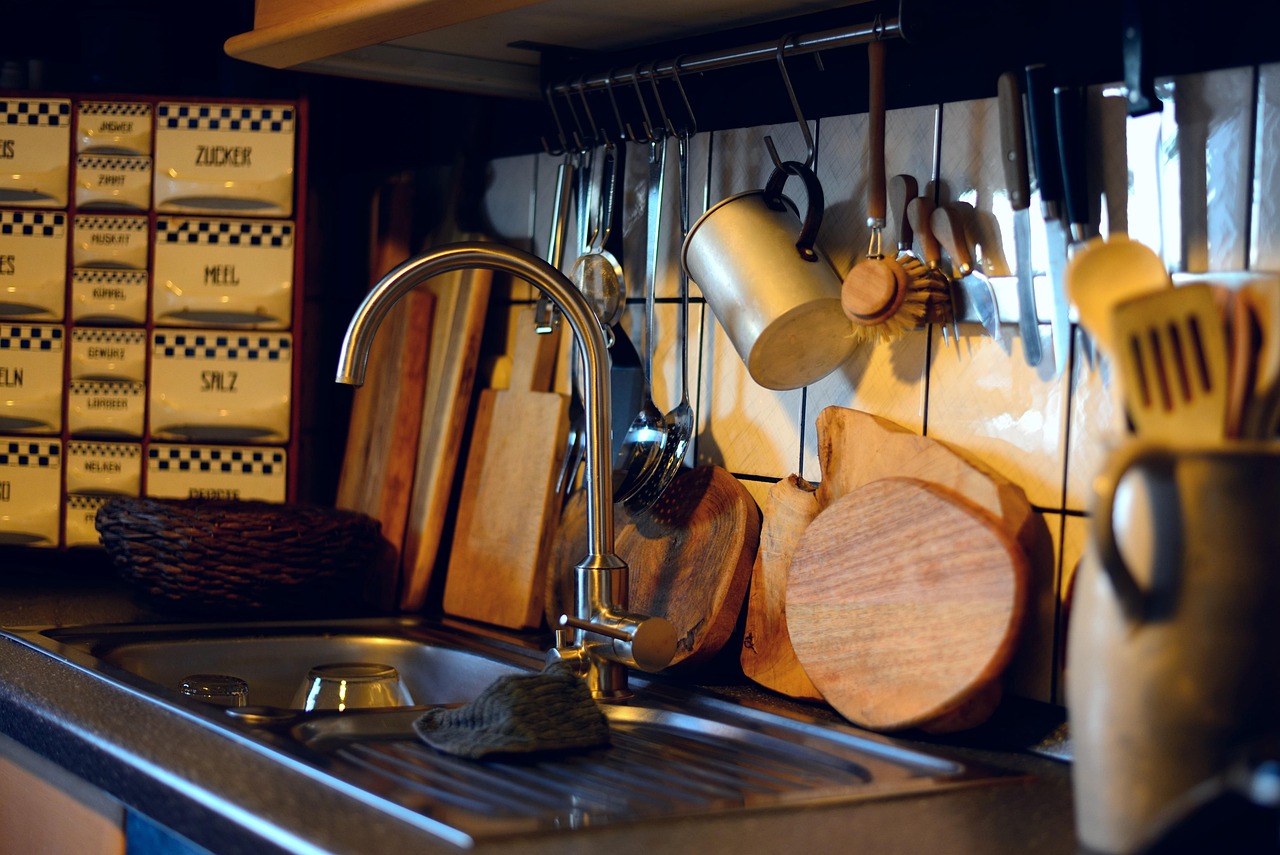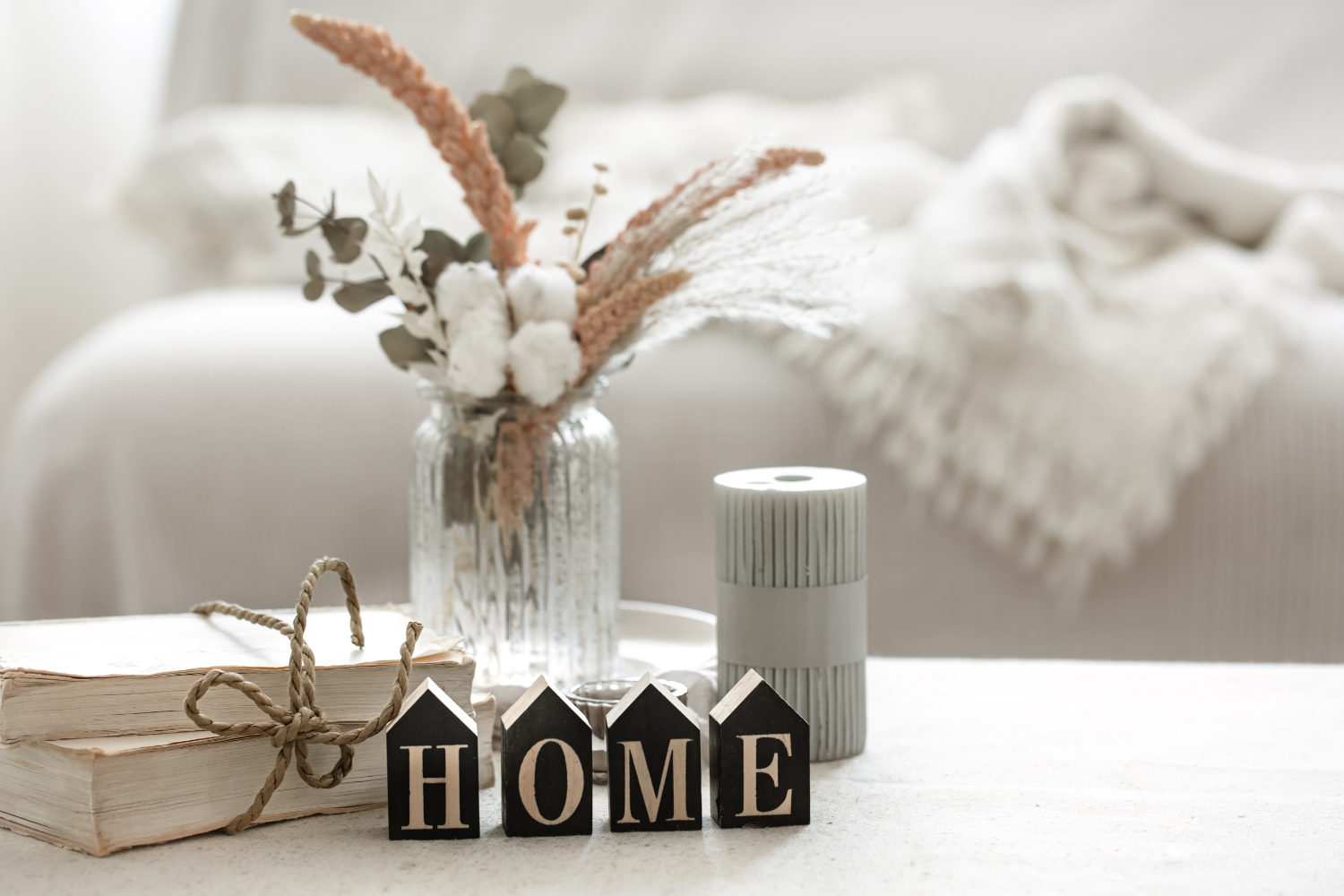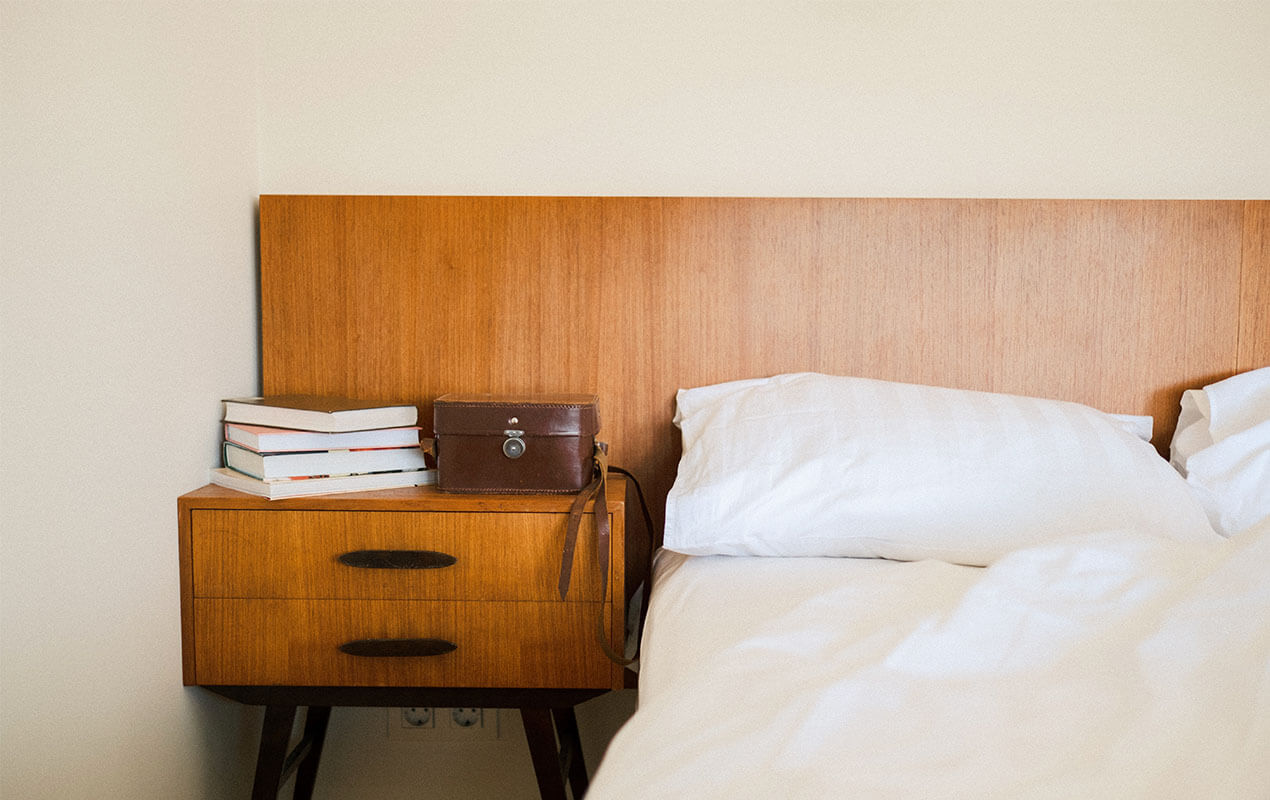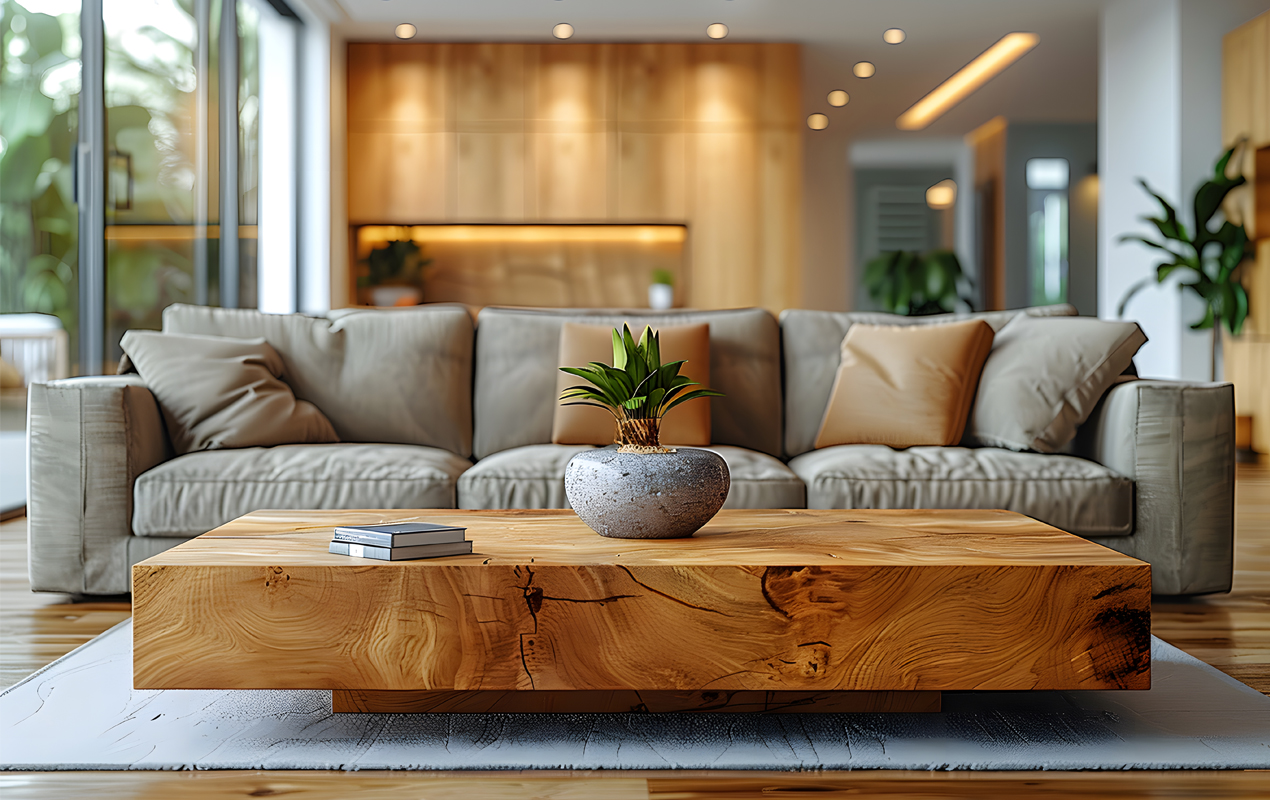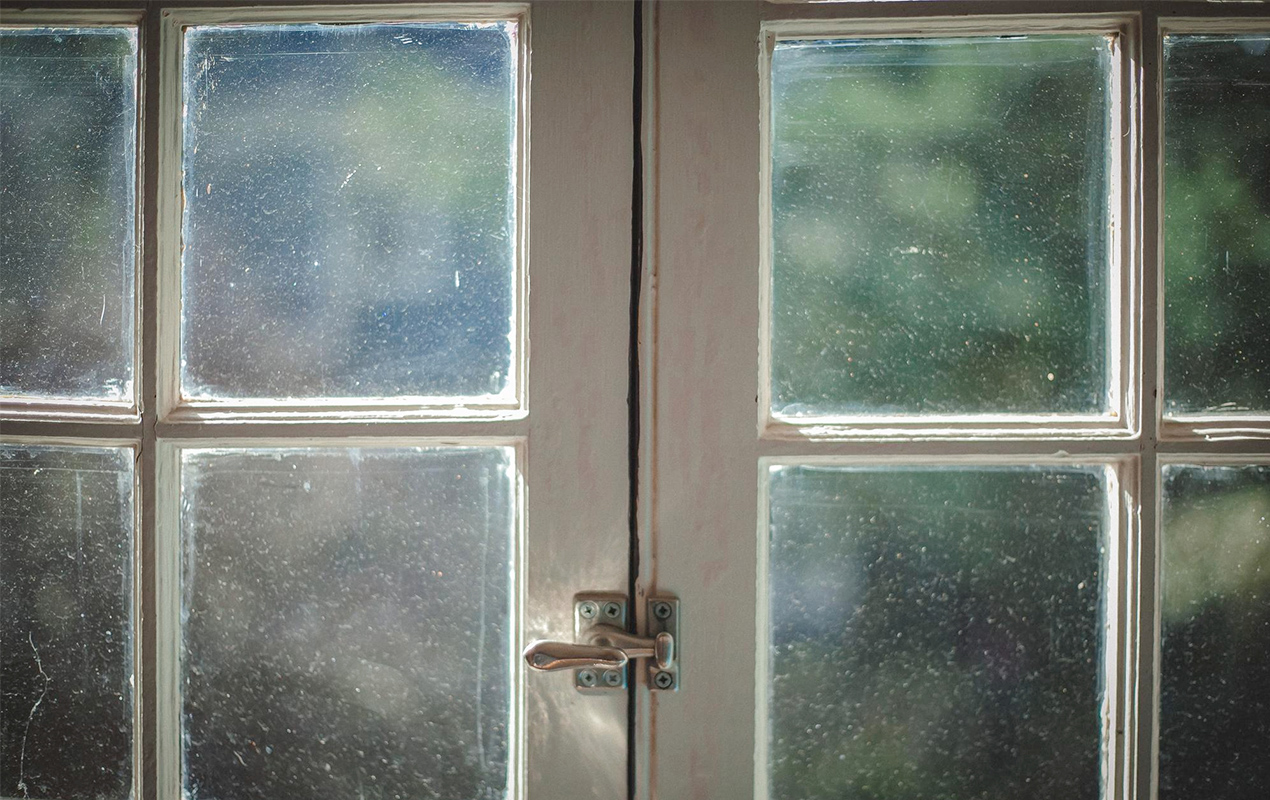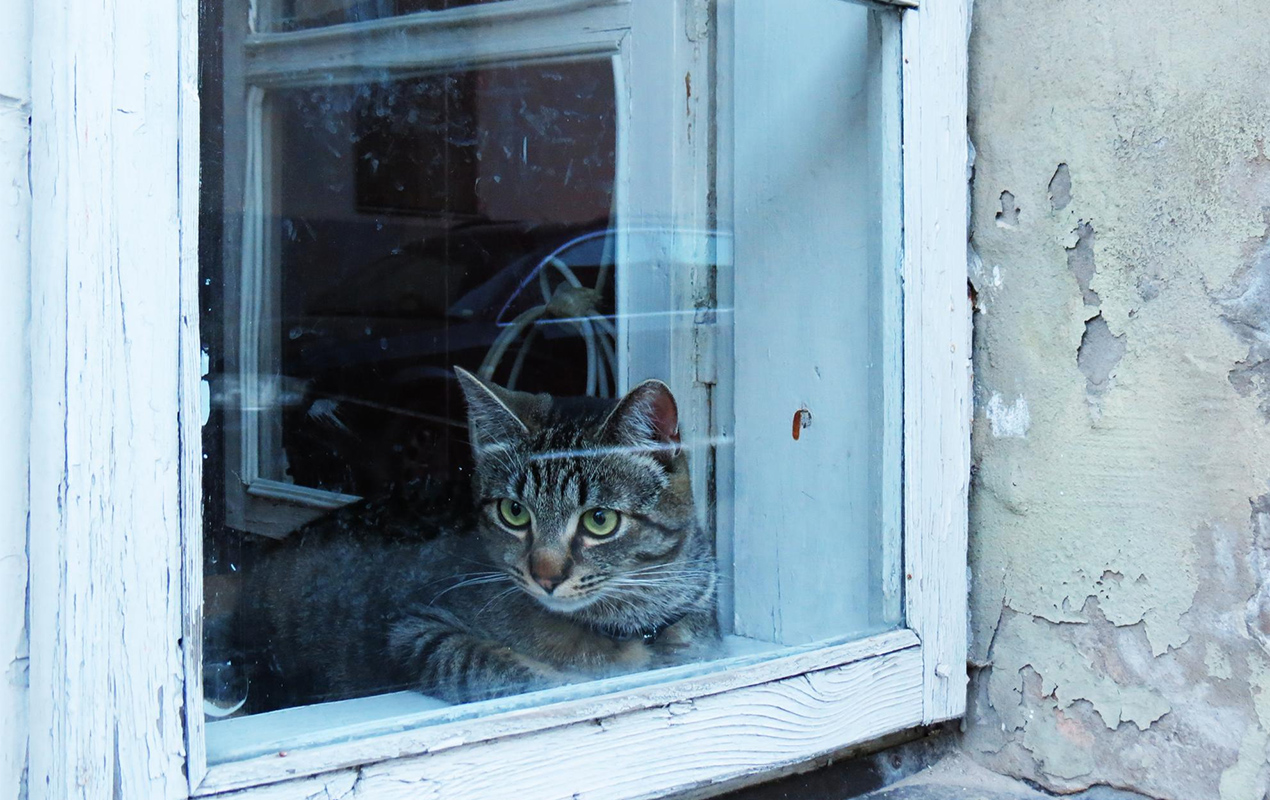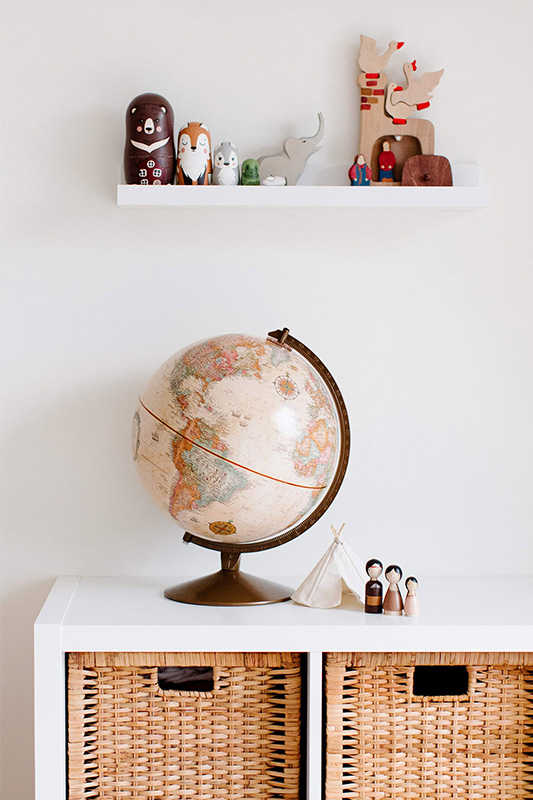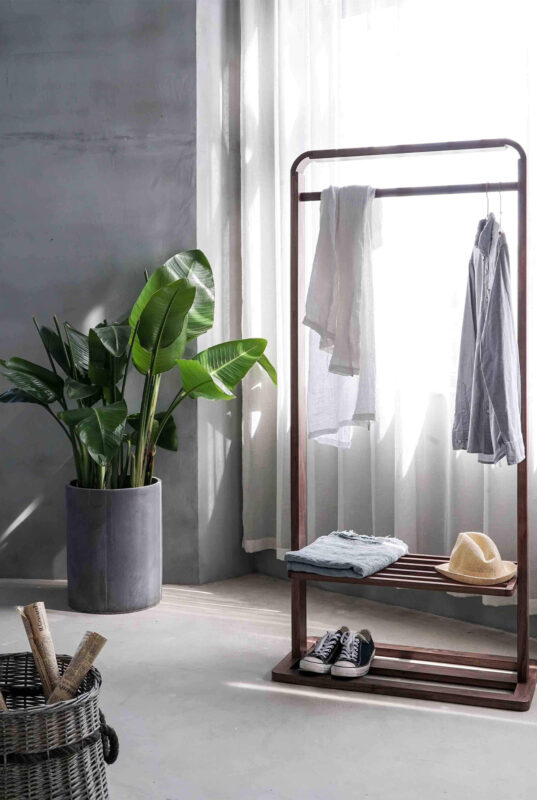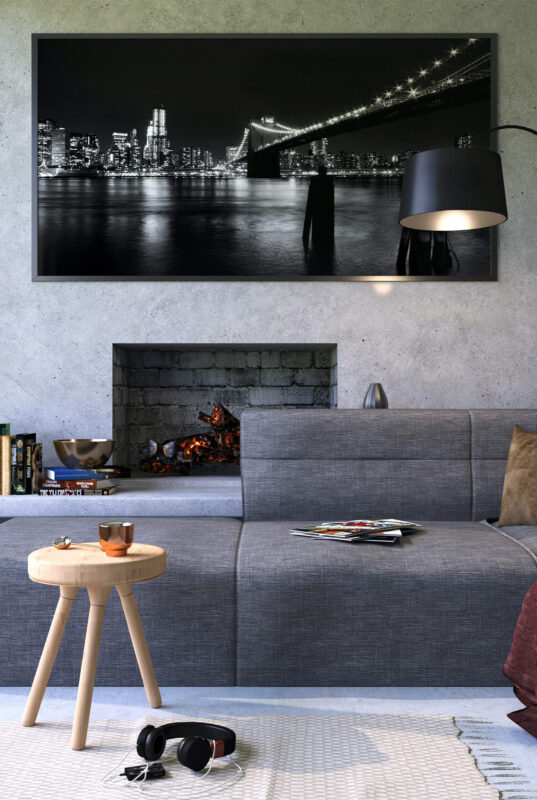Can You Remove Scratches from Glass? Yes! Here’s How
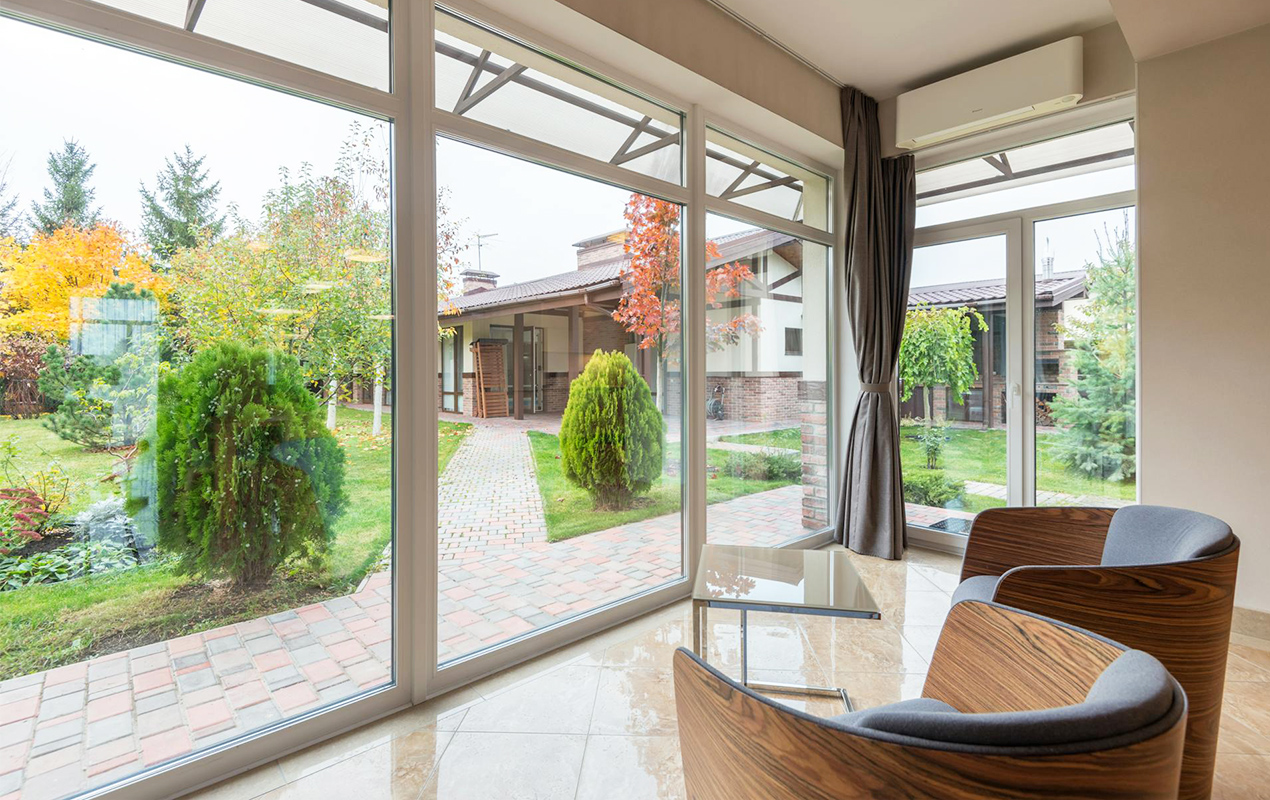
How to Remove Scratches From Glass?
Raise your hand if you’ve ever tried to remove a glass scratch with toothpaste, only to end up with a minty-fresh mess. How about Baking soda? Of course. Nail polish remover? Wait, what? With so much conflicting advice out there, it’s hard to know what actually works with the list of suggested remedies as long as it is perplexing. But do these household hacks work? Or are we simply setting ourselves up for more disappointment?
This post goes above the usual blogosphere chatter, with most blogs offering a laundry list of DIY hacks for scratched glass, but few delve into the why behind each method. Throughout the article, we’ll equip you with the understanding to assess the damage, comprehend the science, and choose the right solution, whether it’s a DIY hack or a professional touch.
Understanding the nuances of glass and the nature of scratches is crucial for making informed decisions. Whether you’re dealing with a minor scuff or a deep gouge, we’ll help you choose the right approach, saving you time, money, and unnecessary frustration. After all, an aesthetic home deserves pristine, clear glass.

Photo by Douglas Sheppard from Unsplash
Unmasking the Enemy: Decoding Glass Scratches
Understanding the type of scratch you’re dealing with is the first step toward effective repair. Let’s break down the common culprits.
- Surface Scratches: These are the most common and, thankfully, the least worrisome. They’re typically fine, hair-like lines that affect only the topmost layer of the glass. Think of them as tiny disruptions in the smooth surface, similar to a minor scuff on your favorite leather boots.
- Deep Scratches: These are the more formidable foes. They penetrate deeper into the glass, can feel rough to the touch, and may even catch your fingernail. They compromise the glass’s solidity and, if left untreated, can potentially lead to further cracking or breakage.
- Cloudy Scratches: These are slightly trickier. They might not be deep, but they create a hazy or cloudy appearance often due to a cluster of micro-scratches. Think of it like a foggy window – the view is still there, but it’s distorted and unclear.
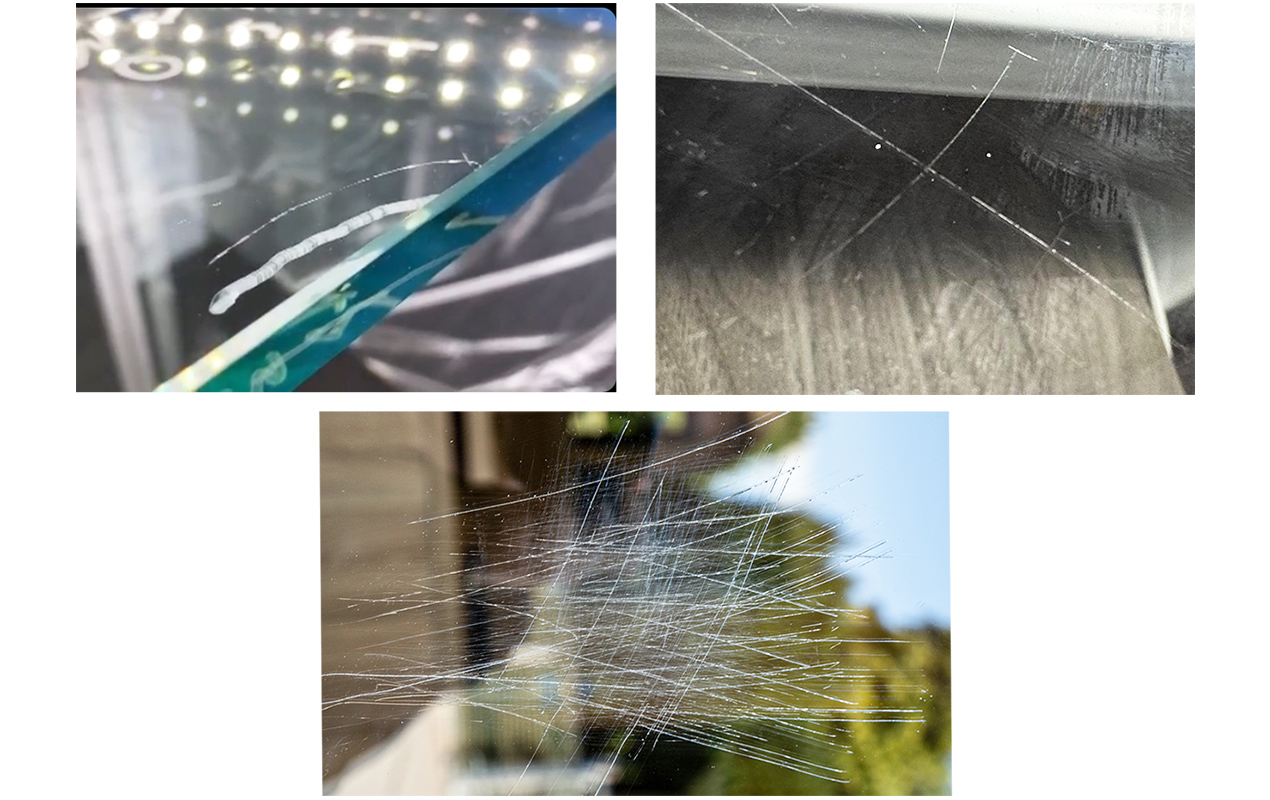
Photo from Reddit, Glass Polish, and UerGlass Glass Repair
It’s Not Just The What, But Why?
But why is glass so susceptible to scratching in the first place? To understand this, we need to take a brief glimpse into its atomic structure. But don’t worry, we’ll explain this in simple terms to provide a clear understanding.
Glass is an amorphous solid, meaning its atoms lack the ordered arrangement found in crystalline materials. This unique structure gives glass its transparency while making it relatively soft and prone to scratching. When a harder material, like a diamond ring or even a dog’s nail, comes into contact, it can displace the atoms on the surface, leaving behind a visible scratch.
Now, let’s address the elephant in the room: why do so many DIY remedies fall short? The answer lies in the balance between abrasion and polishing. Many well-intentioned hacks rely on abrasive substances to “buff out” scratches. However, if not used with caution and the right technique, these can create even more scratches, leading to a cloudy or hazy appearance. It’s like trying to sand down a rough surface with sandpaper that’s too coarse – you might end up with a more uniform texture, but it won’t be smooth.
In the next sections, we’ll delve into the science behind favored DIY methods and pro techniques, helping you navigate scratch repair with confidence and clarity.
DIY or DIY-saster? Truth Behind Common Hacks
Let’s face it, the want for a quick, inexpensive fix is strong. We’ve all been tempted to raid our kitchen cupboards or garage shelves in search of a miracle scratch remover. But before you grab that tube of toothpaste or spritz of WD-40, let’s separate the hopeful hacks from the hopeless hype.
Common Household Items: Miracle Cure or Marketing Myth?
- Toothpaste: It’s mildly abrasive, which might help buff out very superficial scratches. But it’s not a magic eraser. Overzealous rubbing can lead to more micro-scratches, leaving your glass looking cloudier than before.
- Baking Soda: Similar to toothpaste, it offers mild abrasion. However, its coarse texture can be too harsh for glass surfaces, potentially causing more harm than good.
- Vinegar: Its acidity is often touted as a scratch remover. In reality, it’s more likely to etch the glass, leaving a permanent mark even more noticeable than the original scratch.
- WD-40: This lubricant is excellent for squeaky hinges, but it has no place in glass scratch repair. It won’t fill in scratches or magically make them disappear.
DIY Done Right: Safer Options for Minor Imperfections
If you’re dealing with a barely-there scratch and feeling adventurous, there are a couple of DIY options that are relatively safe and might yield decent results:
- Metal Polish: Opt for a non-abrasive metal polish designed for delicate surfaces. Apply a small amount to a soft cloth and gently buff the scratch in a circular motion; patience is key!
- Cerium Oxide: This fine powder, mixed with water to form a paste, is a favorite among DIYers for its ability to polish glass effectively. However, it requires careful handling and proper technique. Always wear gloves and eye protection, and follow the instructions on the product label meticulously.
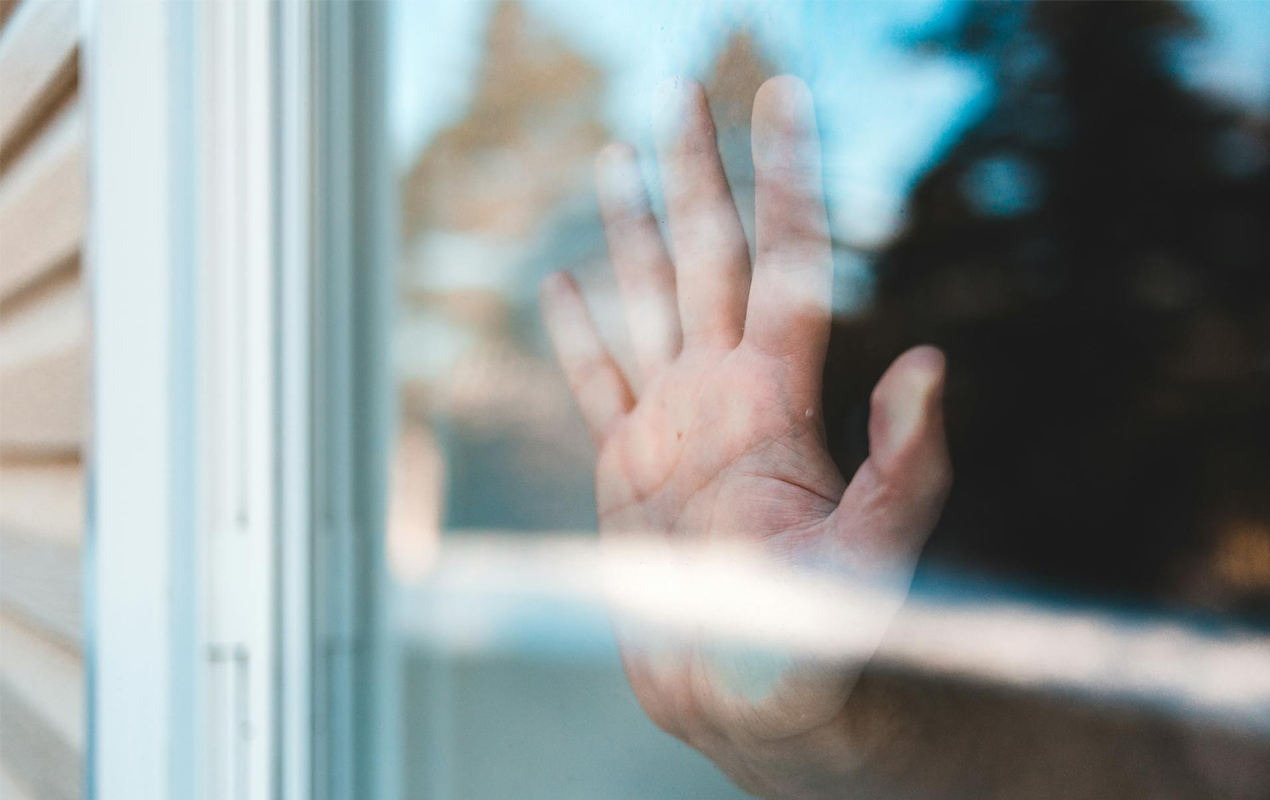
Photo by Erik Mclean from Pexels
Tread Carefully: The Perils of Overly Aggressive DIY
It’s tempting to scrub harder or use harsher abrasives when faced with a stubborn scratch. But resist the urge as excessive force or abrasive materials can form a network of scratches, turning a minor blemish into a cloudy mess. The goal is to remove the scratch, not create more.
If your DIY efforts aren’t yielding the desired results, or if you’re dealing with deep or cloudy scratches, it’s time to consider professional help. In the next section, we’ll explore advanced techniques and tools experts use to restore glass to immaculate condition.
When Professional Expertise is the Answer
While DIY solutions can be effective for minor surface scratches, there comes a point where professional intervention is the wiser choice. Think of it like this: you wouldn’t attempt a complex home renovation without calling in a contractor, right? The same logic applies to significant glass damage.
- Glass Polishing Compounds: These aren’t your average cleaning products. They contain finely graded abrasives designed to remove material from the glass surface in a controlled manner, gradually leveling out the scratch.
- Power Tools: Forget hand-buffing for deep or extensive scratches. Professionals use variable-speed polishers fitted with specialized pads to achieve consistent results and avoid overheating the glass.
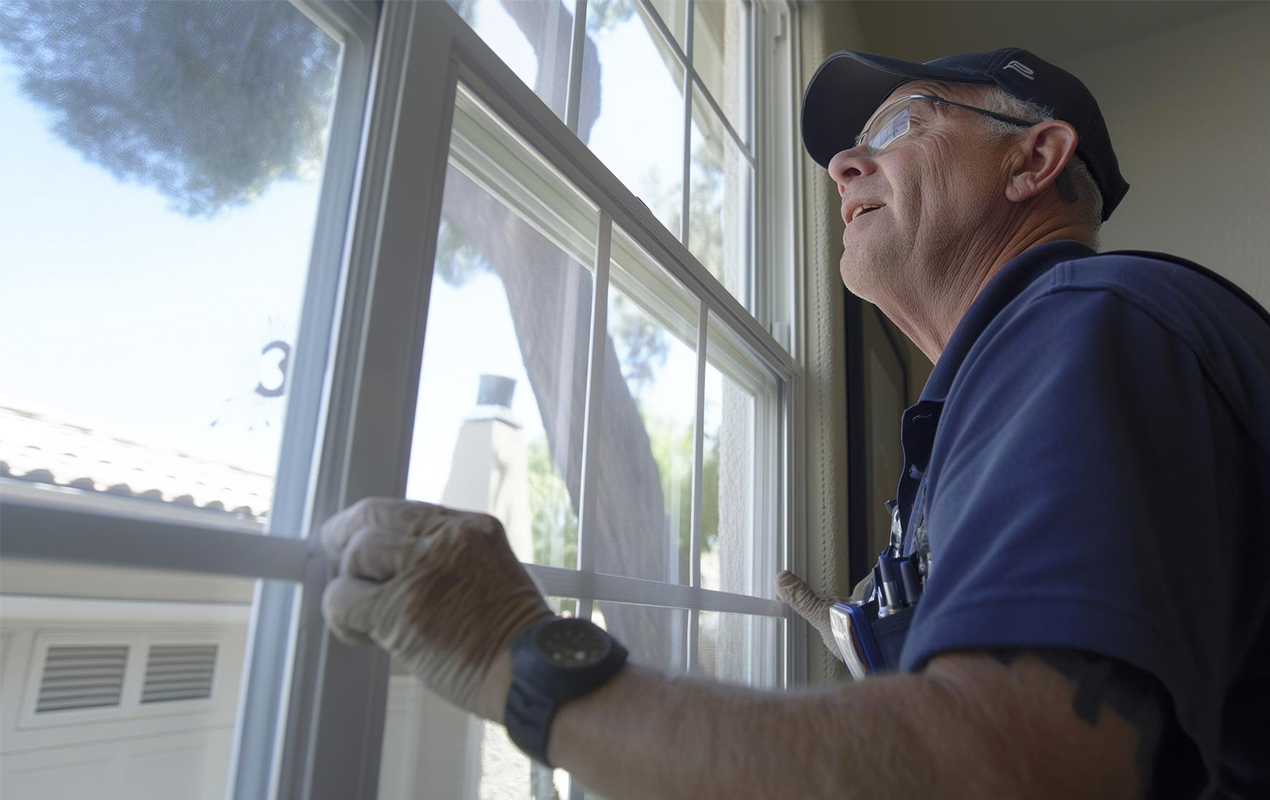
Photo by angel.nt.111 from Freepik
Expertise Matters: Precision Over Power
Glass restoration, particularly when it comes to knowing how to remove scratches from glass effectively, requires more than just the right tools; it’s about knowing how to use them with finesse. Seasoned professionals have years of experience assessing the depth and type of scratch, choosing the appropriate compound and polishing technique, and working with precision to avoid further damage.
Cost vs. Benefit: Is Professional Help Worth It?
While professional restoration comes with a price tag, it’s often a worthwhile investment, especially for:
- High-value or sentimental items: That antique mirror passed down through generations or the custom glass tabletop on your dining table deserve specialist care.
- Deep or extensive scratches: DIY methods are unlikely to make a significant difference, and you risk causing additional harm.
- Cloudy or hazy glass: Restoring clarity often requires professional-grade equipment and techniques.
Finding the Right Pro: Don’t Settle for Less
When entrusting your glass to a professional, do your due diligence. Look for the following.
- Experience and specialization: Choose a company with a proven track record in glass restoration.
- Positive reviews and testimonials: Check online reviews and testimonials, and ask for references.
- Insurance and guarantees: Ensure they’re insured and offer a satisfaction guarantee.
Professional restoration can breathe new life into damaged pieces, reshaping them from eyesores back into cherished aspects of your decor. Don’t hesitate to seek help when DIY falls short.
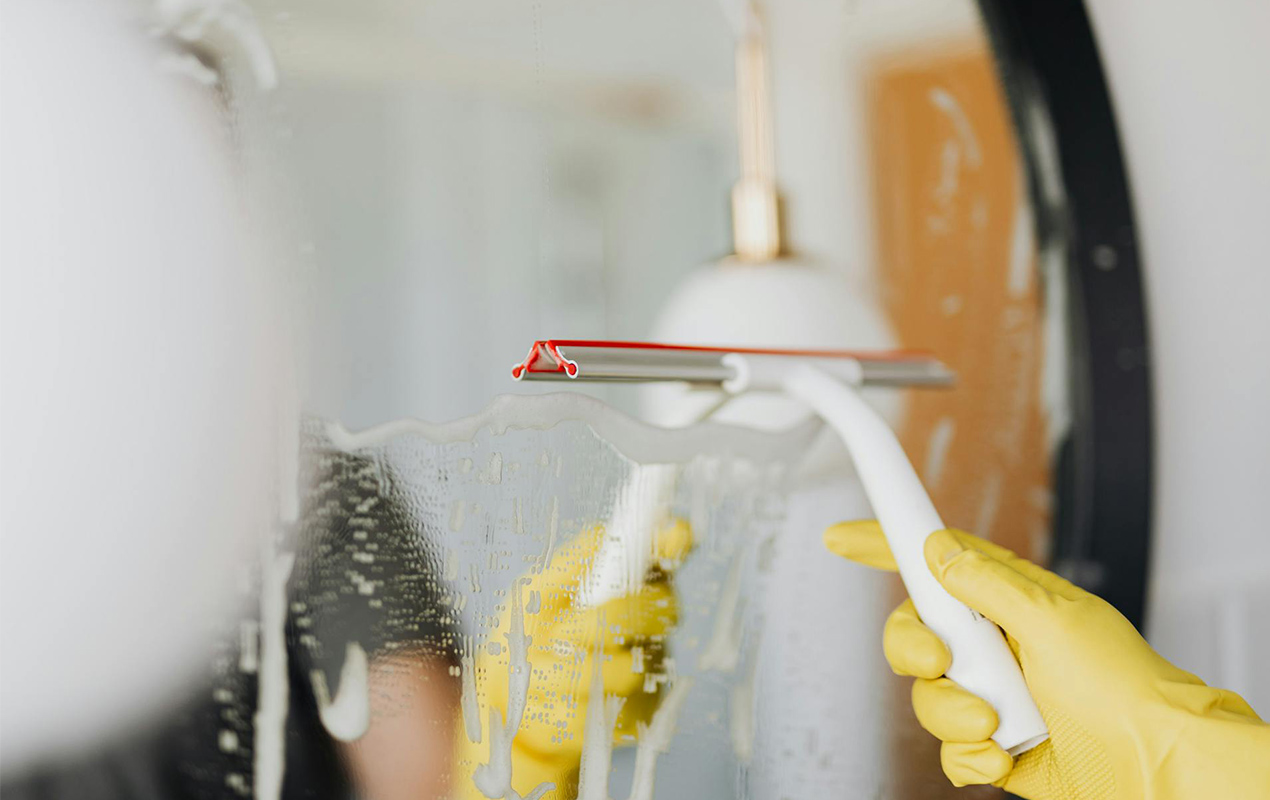
Photo by Karolina Kaboompics from Pexels
Considering Replacement? Factors to Think About
While minor scratches on glass surfaces like your windows, doors, or even glass tabletops can often be remedied with DIY solutions, there comes a point where the damage might be too widespread. Several factors should prompt you to consider replacement or professional glass repair.
Deep gouges that distort your view can be tough. A multitude of fine scratches that create a hazy appearance or cracks that compromise the structural integrity of the glass are also strong indicators.
For windows, persistent scratching might also signal underlying issues with the window frame. If you’re dealing with significant damage, exploring options with reputable residential window manufacturers might be the most cost-effective solution. They can offer energy-efficient upgrades that go beyond simply fixing a scratch.
Glass doors or tabletops with severe damage also present safety risks. Replacement becomes a needed safety measure in these cases. An understanding of the damage level and the glass age helps in determining if replacement serves as the best path.
Tailored Solutions: Tackling Specific Scratch Scenarios
Every scratch tells a story, and each one requires a slightly different approach. Let’s explore some common glass-scratching scenarios and how to address them, so you’re prepared no matter what life (or your furry friends) throw your way.
Scratched Glass Tables: A Centerpiece Preserved
Glass tables are elegant while also vulnerable. Prevention is key here: an obvious go-to is using coasters, placemats, and tablecloths to form a protective barrier, or buying a different kind of table altogether that’s not as visible to scratches as glass. But if scratches do occur, remember that tabletops often see heavier use than other glass surfaces, so prioritize gentle DIY methods or skilled restoration to evade further damage. If you’re in the market for a new or glass dining or coffee table, tempered glass is the generally most common go-to. It’s more resistant to scratches and breakage than regular glass.

Photo by User6170755 from Freepik
Deep Scratches: Managing Expectations, Minimizing the Eyesore
While complete removal might be impossible, you can greatly improve their appearance. Skilled polishing can minimize their depth and smooth out rough edges, making them less noticeable. For DIYers, cerium oxide paste can be cautiously used on thicker glass, but proceed with extreme care.
Related Article: Choosing the Right Glass Coffee Table Thickness for Peace of Mind
Cloudy Scratches: Bringing Back the Sparkle
As previously mentioned, cloudy scratches, often caused by a cluster of micro-scratches, can be especially frustrating. They produce a hazy film that dulls the glass’s shine. Pro polishing is the most effective way to restore clarity, as it removes a thin layer of glass, effectively erasing the micro-scratches. For a DIY approach, try a gentle metal polish or a specifically formulated glass-cleaning product designed to tackle haze.
The success of any scratch removal method depends on the type and severity of the damage. Don’t hesitate to seek help, and always prioritize the long-term health of your glass over a quick fix.
An Ounce of Prevention: Safeguarding Your Glass Haven
They say prevention is better than cure, and when it comes to glass scratches, this couldn’t be truer. While we’ve explored a range of repair techniques, the most effective strategy is to safeguard your surfaces in the first place. Let’s delve into practical tips to keep your glass looking pristine.
Proactive Protection: Simple Habits, Significant Impact
- Felt Pads: Attach felt pads to the bottom of vases, lamps, and other decorative items that come into contact with the glass. This creates a gentle buffer, preventing accidental scratches.
- Microfiber Cloths: When cleaning, opt for soft microfiber cloths instead of paper towels or abrasive sponges. These effectively remove dust and fingerprints without causing micro-scratches.
- Mindful Placement: Avoid placing heavy or sharp items directly on the surface. If you must, use a protective layer like a tablecloth or the felt pads mentioned above.
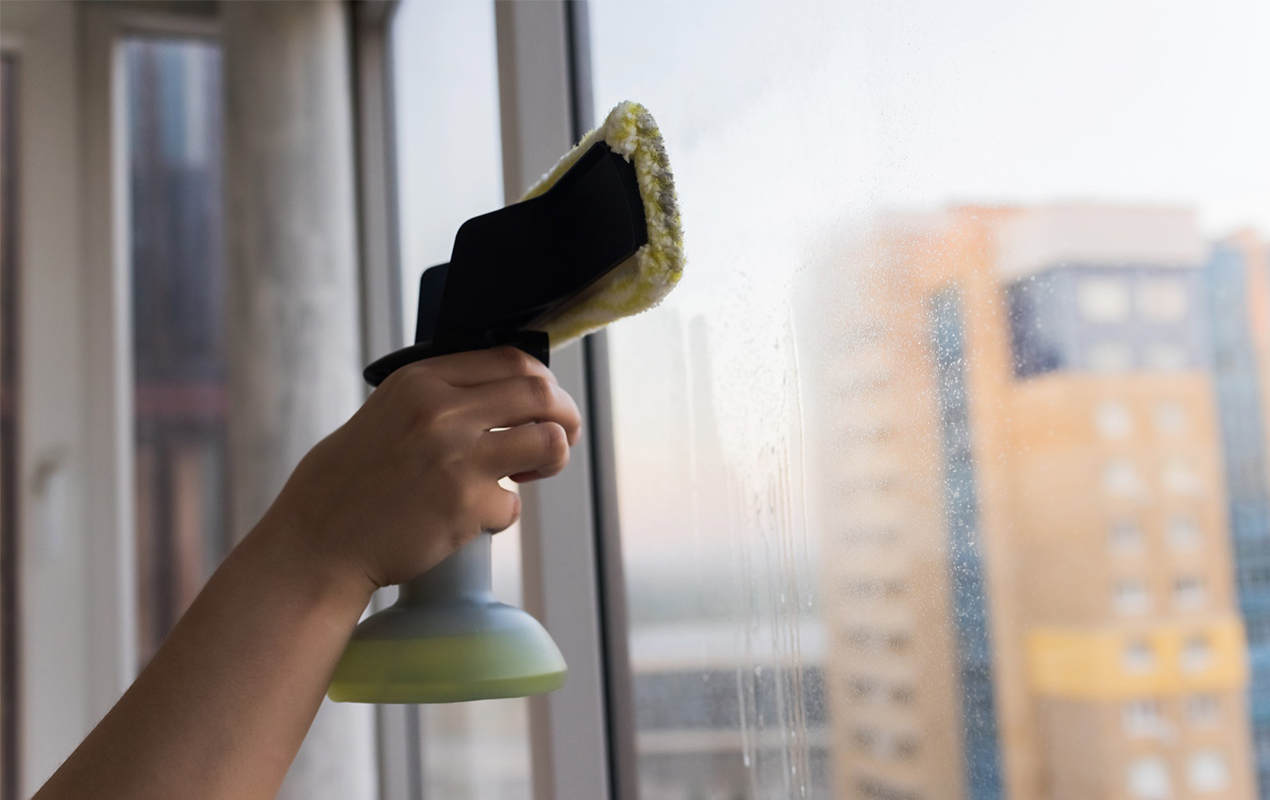
Photo by Vershinin89 from Freepik
Pet-Proofing: A Furry-Friendly Approach
We all love our pets, but playful paws and wagging tails can wreak mayhem on glass surfaces. Here are a few pet-proofing tips to keep your glass and your pets happy.
- Window Clings: Decorative window clings can deter pets from jumping on freshly renewed windows or glass doors, reducing the risk of scratches and unwanted blemishes.
- Training: Teach your pets to avoid certain areas with glass surfaces. Positive reinforcement and consistent boundaries can go a long way. You can consult with a professional dog trainer nearby for this.
- Nail Trimming: Keeping your pet’s nails trimmed reduces the likelihood of them scratching glass surfaces accidentally.
- Protective Film: Consider applying a clear protective film to frequently targeted glass surfaces. It’s virtually invisible and adds an extra layer of defense.
By incorporating preventive measures into your daily routine, you can reduce the risk of scratches, ensuring your home decor remains flawless and worry-free. A little care goes a long way in preserving the clarity of your glass pieces.
How to Remove Scratches From Glass – Final Thoughts
We’ve voyaged through the intricacies of glass scratches, from understanding their nature to exploring the scope of solutions, both DIY and professional. It’s clear that a one-size-fits-all approach simply doesn’t exist.
Embrace the DIY spirit with caution, with the understanding of which household remedies might offer a helping hand and which could lead to added wear. Don’t hesitate to turn to the expertise of professionals when the situation calls for it; their tools and techniques can work wonders on even the most stubborn scratches.
While knowing how to remove scratches from glass is invaluable, above all, prioritize prevention. By incorporating simple yet effective protective measures, you can maintain a haven where glass surfaces remain unblemished. So go forth, reclaim your scratched surfaces, and let your decor shine. With mindful habits and proactive efforts, you’ll keep your glass looking flawless, allowing you to focus on what truly matters: creating a space that brings you joy.



